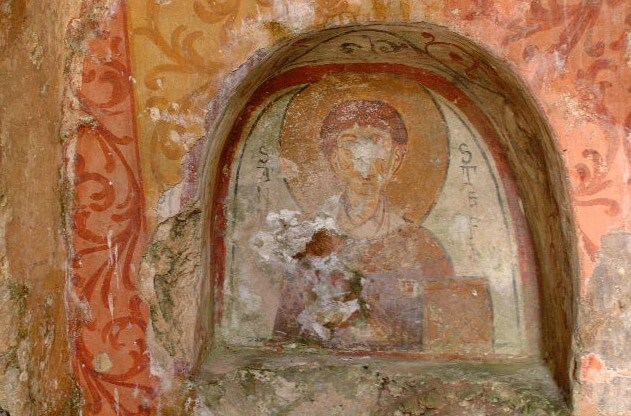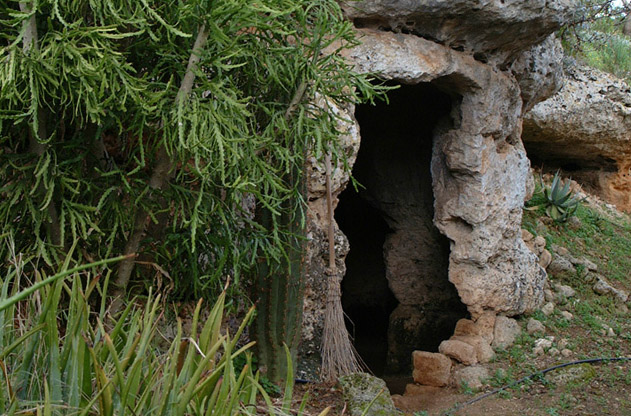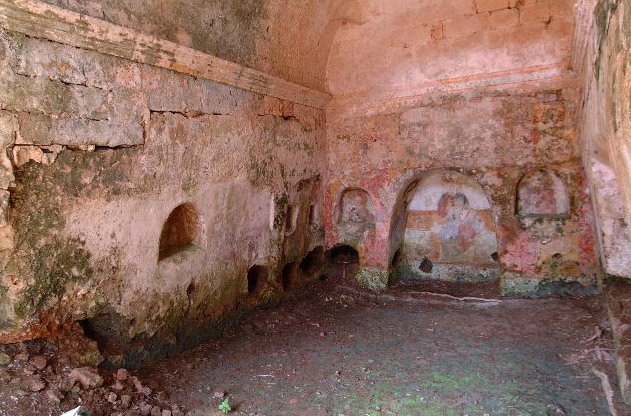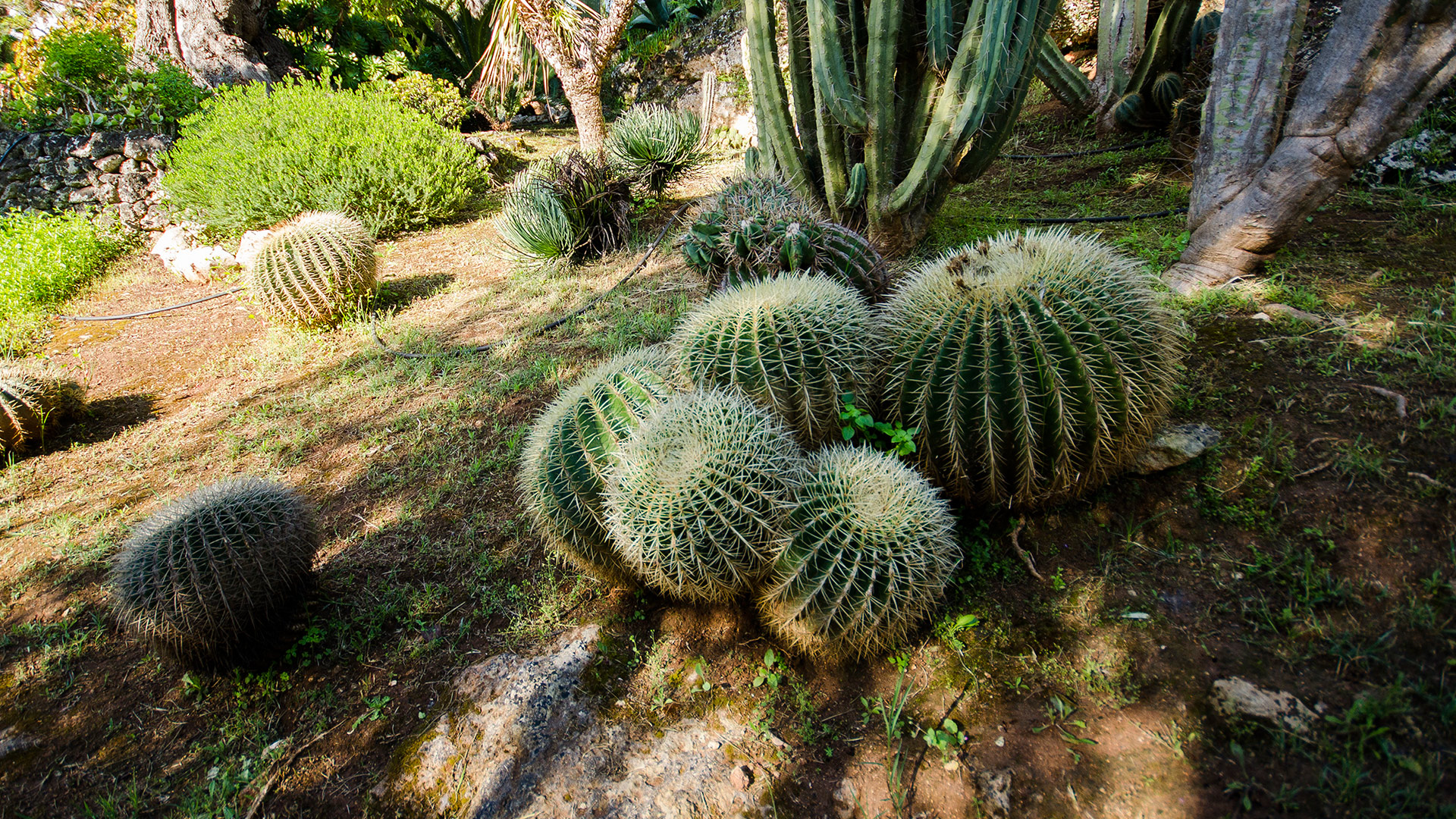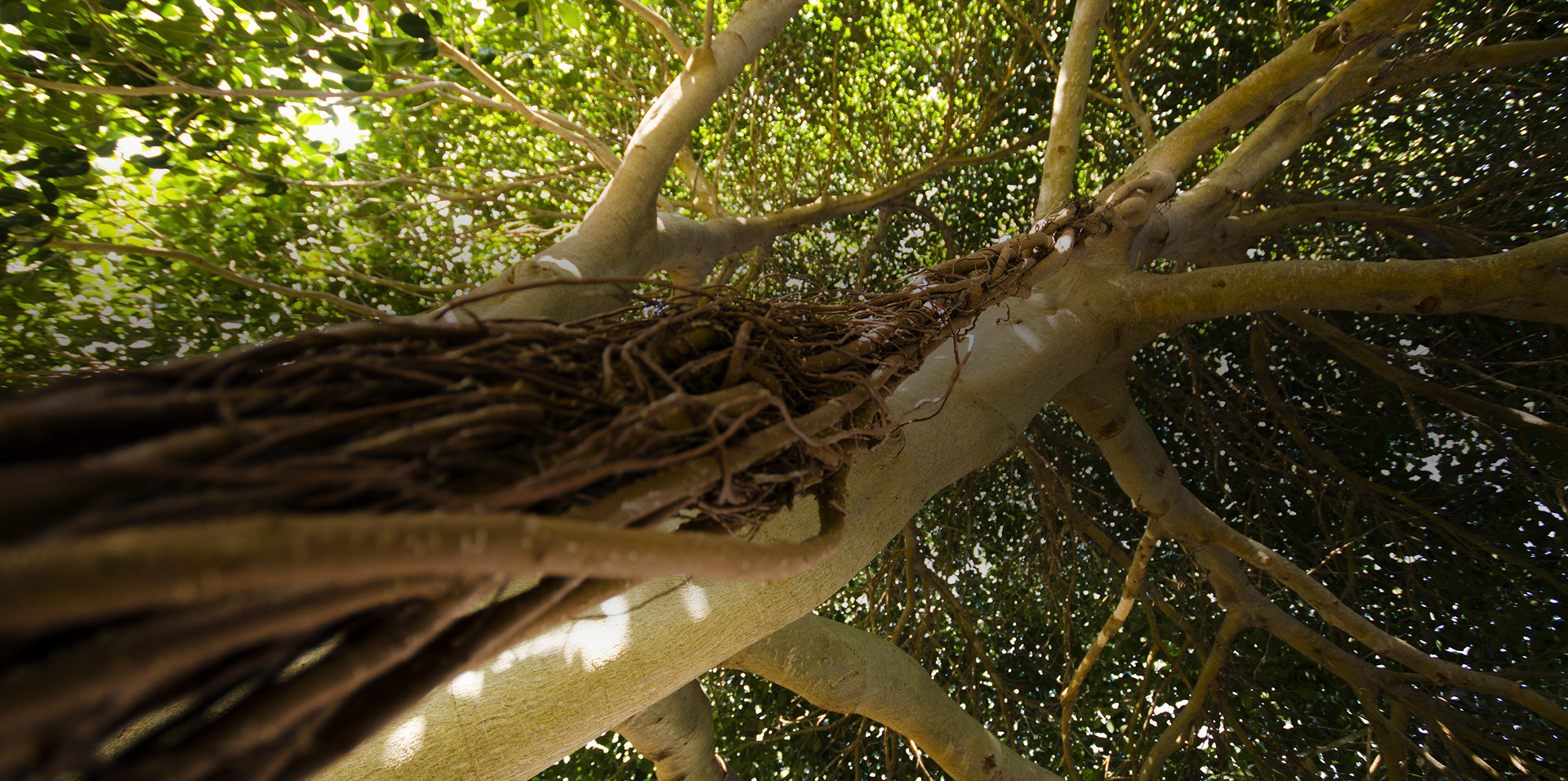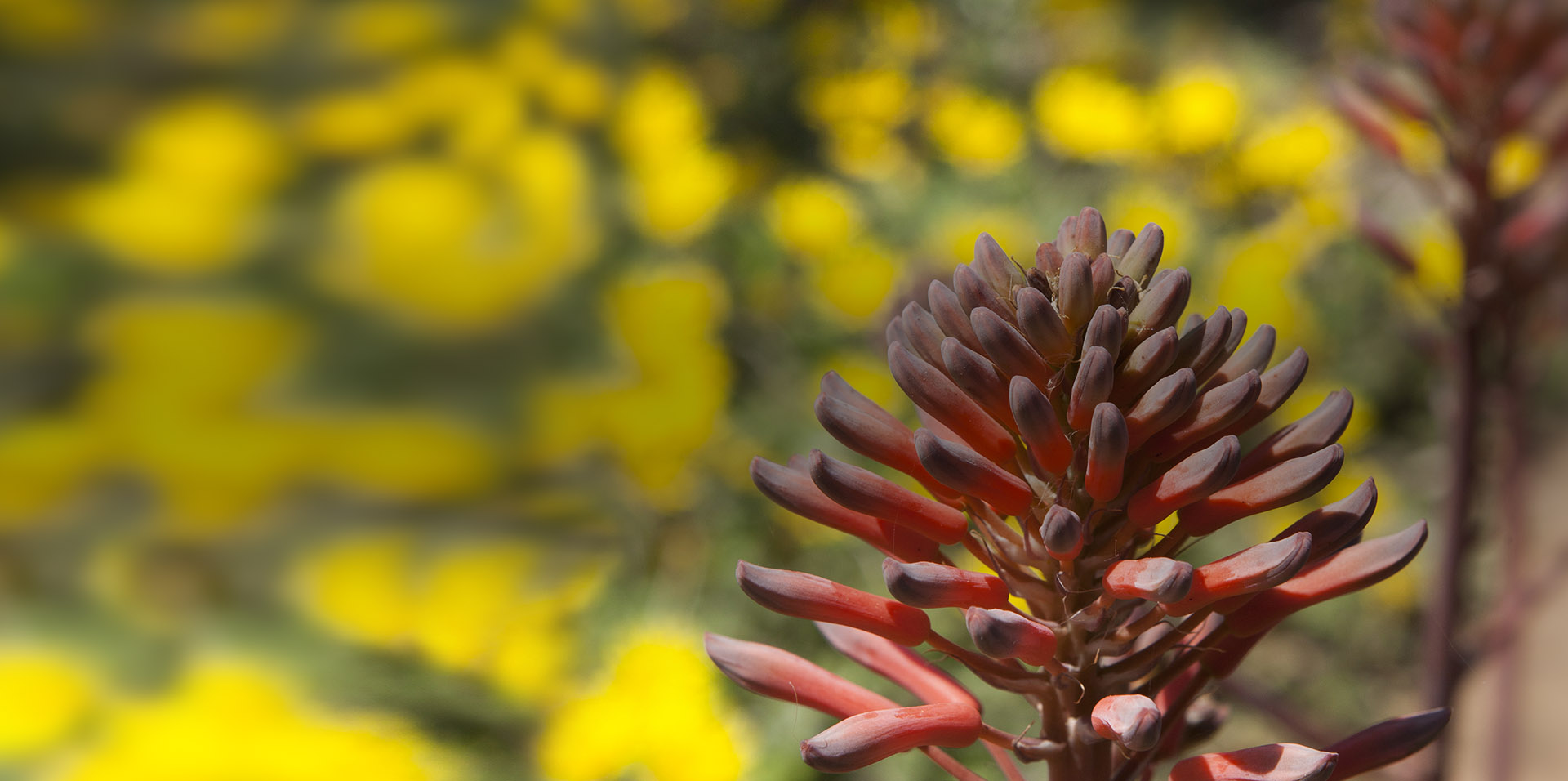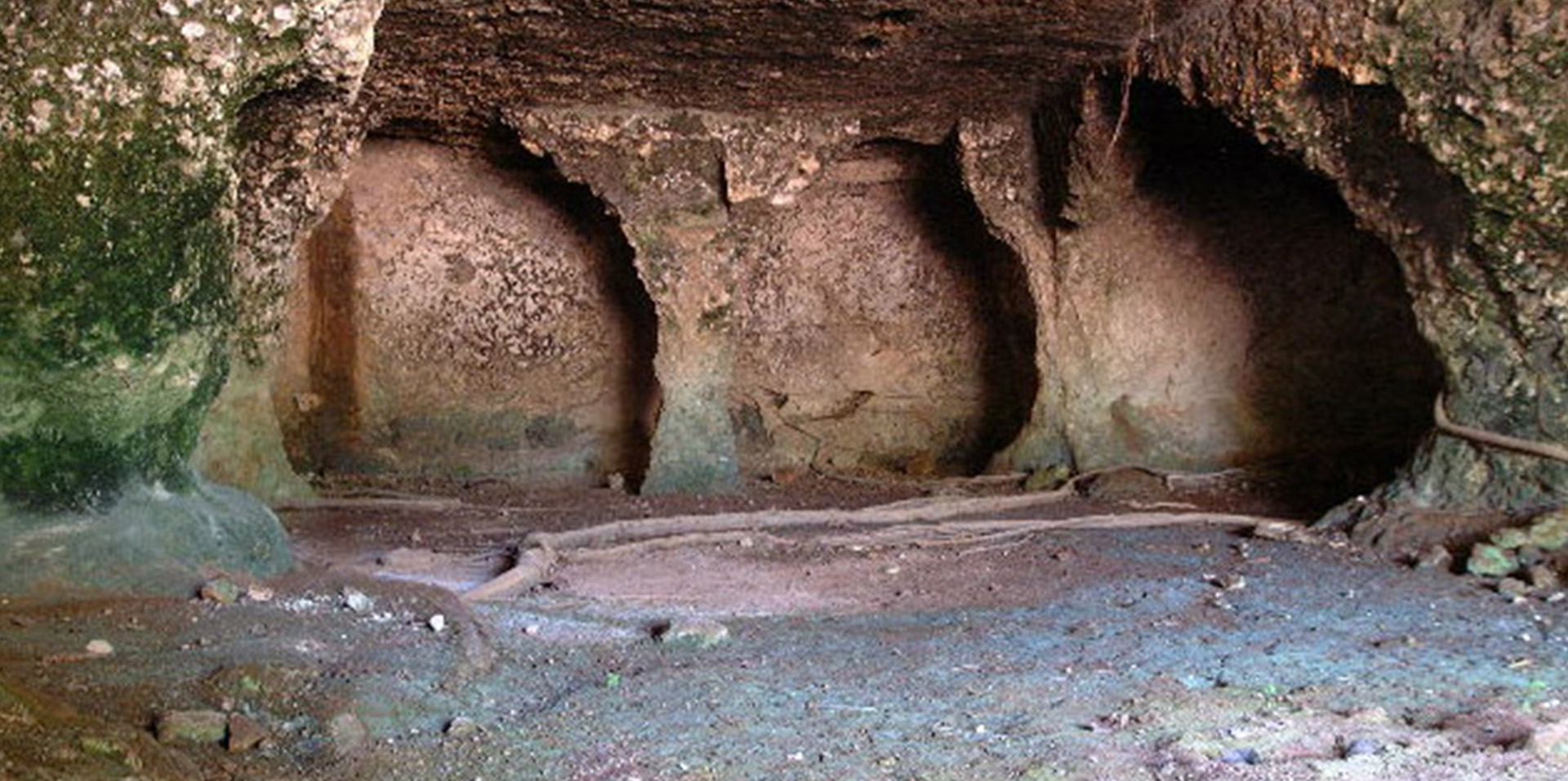Botanic Garden “Lama degli Ulivi”
The Eden Garden of Nature and History
The Botanic Garden “Lama degli Ulivi” rises in the South of Italy, in the lovely Apulia countryside surrounded by aged olives trees. Thanks to the original design of the garden, visitors are attracted by the natural integration of plants coming from every part of the world.

In contact with nature

In the footsteps of history

More than 2000 species
Garden
Features
There’s a place in Apulia region where the different variety of plants of the world live together in perfect harmony.
They gaze, intertwine and bloom togheter. It is a place wich geographical distances are cancelled and time seems to be suspenced. We are talking about the Botanical Garden “Lama degli Ulivi” situated within Capitanio Stefano’s Plant Nursery, in Contrada Conghia, Monopoli.
We can definitely call it a work of art, a naturalistic path that is unique, magic, astronishing. It is located in an ancient Lama, a karstic depression typical of this area between hills and sea, created over the centuries and by the passing of water.
This one in particular, where the garden in situated, is rich in caves and still preserves ancient memories that time made even more precious: very old-dry stone walls, stone carved path and steps and above all two rocky churches. Remains of a lived nature characterized by a naturalistic path, which is unique in the World.
In this environment, not very far from different microclimates, it is possible to admire more than 2,000 species of plants coming from every corners of the world that grow together as in perfect and magic concert.
Some species of plants are native of the area, as those belonging to the Mediterannean maquis typical of the region, other from Australia, South Africa and South America. We can not forget then our centuries-old olive trees (brought here by the Greek 2500 years ago).It is as the plants of the five continents set their meeting point here.
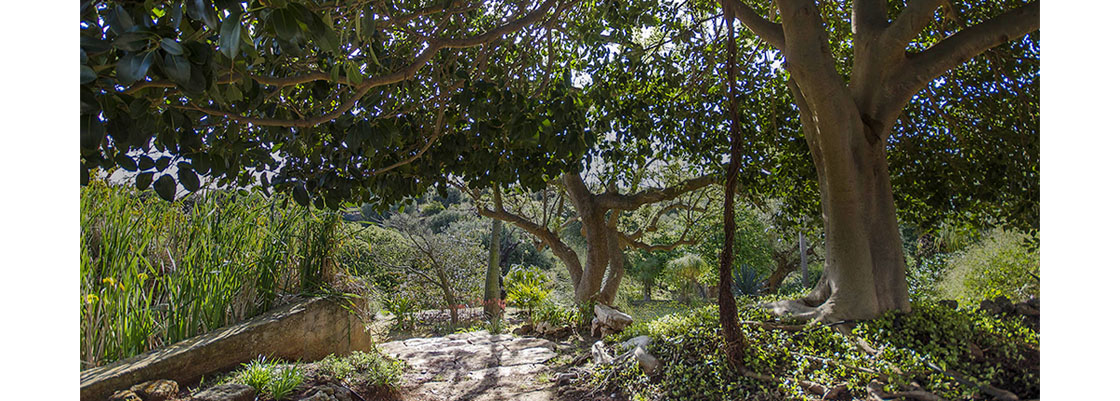
Harmony is the password inside the Botanical Garden, because a garden, and this specific one in particular, is like a symphony: shapes that joint and compensate each other, colours, that heightened in their combination yellows, pink, violet, orange, cobalt blue and then the light and changing perfumes that that follow the visitor.
It is not to tell about this work of art. How is to possible to describe an Indian fig, with its thorny and reddish fruits and its cactus on witch is visible the shade of a bushy atriplex (most commonly known as saltbush) coming from North America.
Everything seems then to be partially covered by the shade of on olive tree. A few steps away then there are agaves and cactuses with their exotic charm.
You feel like being in the presence of the entire planet.
In the garden with its particular microclimates, you go from an arid earth with is typical plants, to violet carpets made of gaudy trichodiadema flowers (South Africa), onto leafy branches of boungainville flowers in full bloom (whose name derives from the man who discovered it in South America) with call its colours from pink to fuchsia and red. This Lama almost reaches almost the coast, with its windspet and salty habitat. This is where the white caper’s flowers completely bloom enabling its violet flaments to stick out as fireworks: simple pureness that blossoms around here warming our hearts.
Events
Browse the calendar to see all the events
Here are the events scheduled at the botanical garden of Olives Lama. Try to shift the calendar to see past and future events.
More than 2000 species
The great range of species present in the garden is just one of the main reasons to visit it. Gorgeous views appear throughout this historical and botanical way grown along a “dry-river”. The ruins, the caves, the rocky churches witness the existence of old civilizations by recalling unique feelings.
The garden is no profit, but needs to collect money in order to restore the two rocky churches of the 1.000 A.C. that you will visit during your tour.
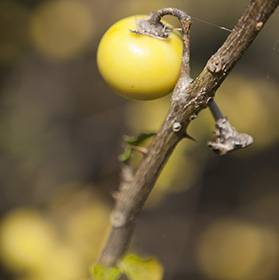
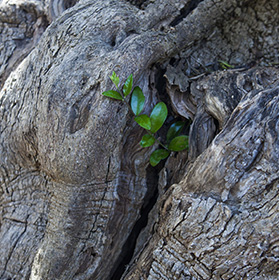
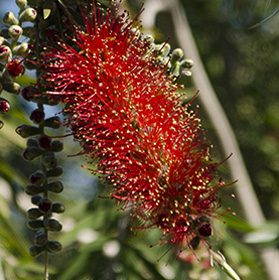
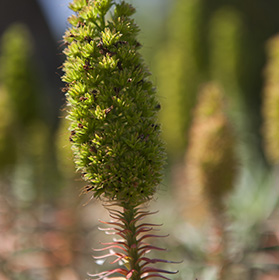
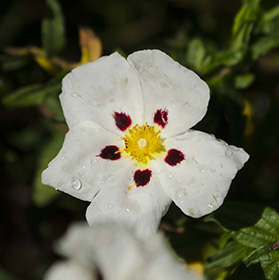
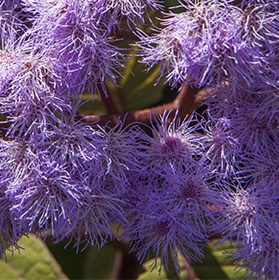
Rock Park
Rock Churches
There are two rock Churchs in the Botanical Park. The first one is the rock Church og Iacovella, half excavated and half built. It is very ancient and it was originally used for Greek liturgical services.
Its frescos are prevalently repainted, probably between the 16th and 17th century when the church was being reconstructed. The second one is the rock Church of St. Cecilia: which is one of the most colourful churches that the territory of Monopoli still preserves. Stepping inside, you feel like travelling through time, with the silent emotion of being in the presence of God.
